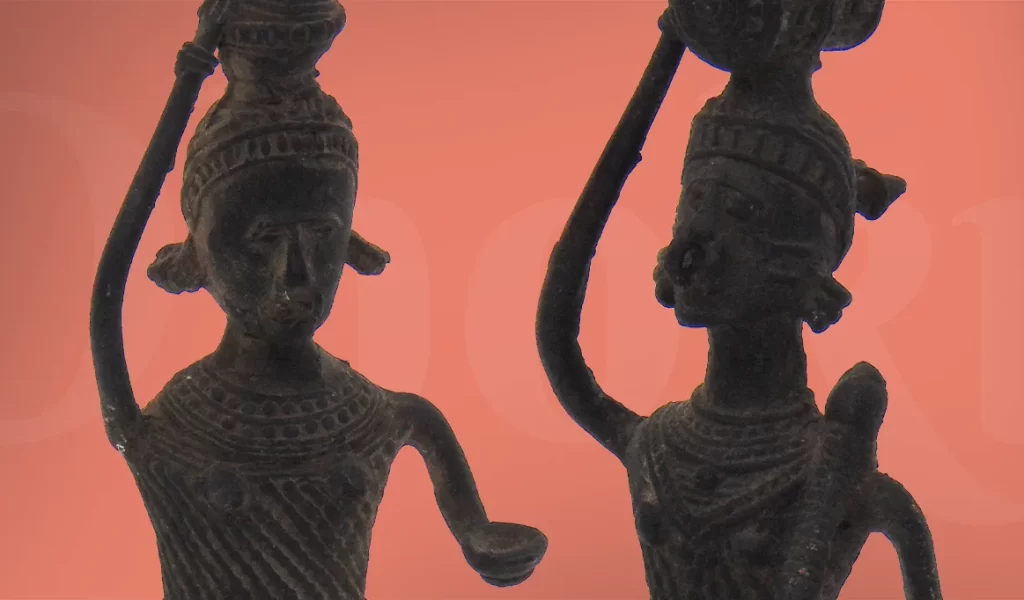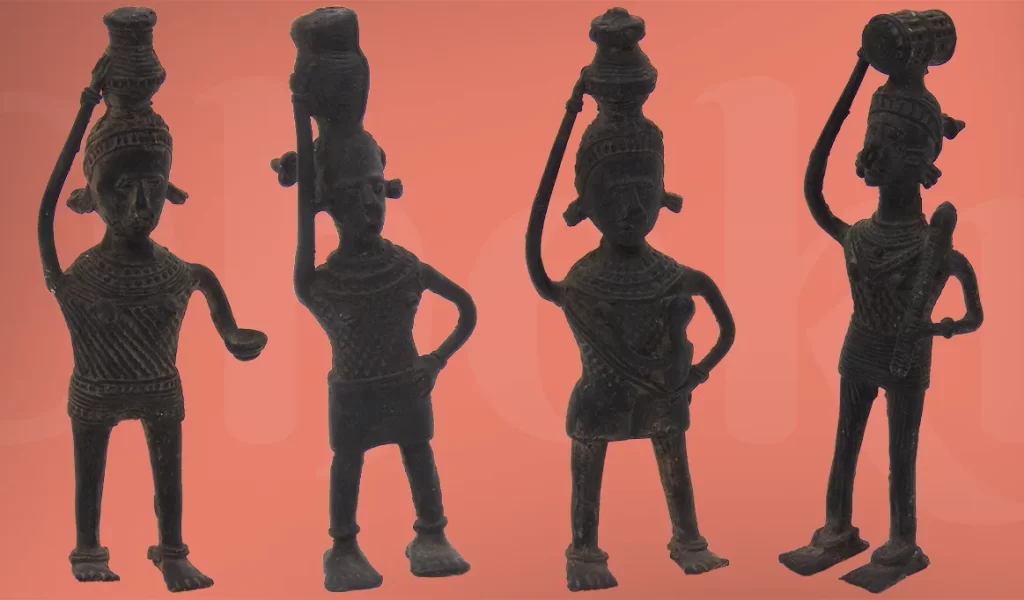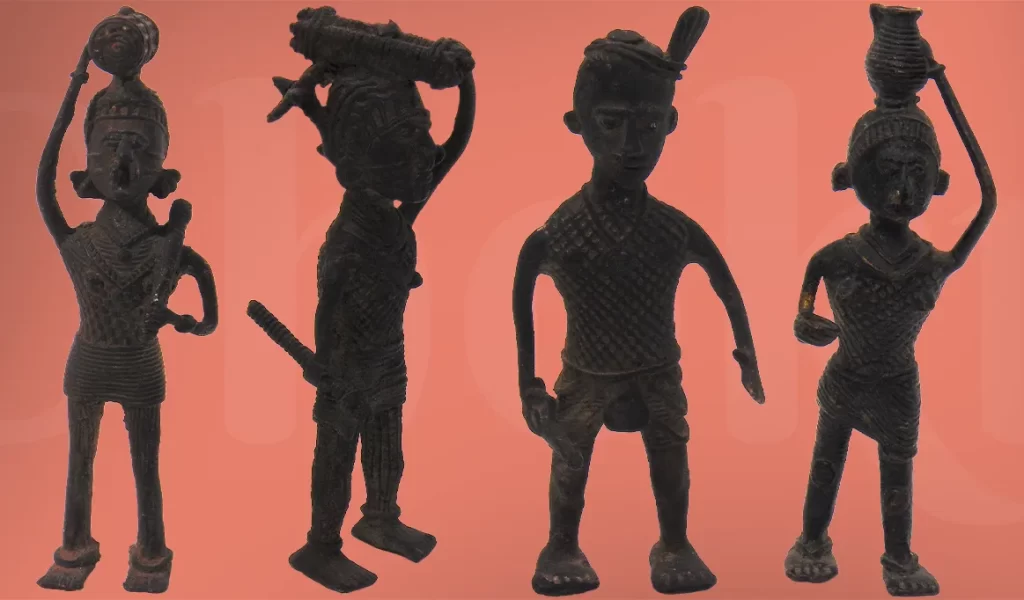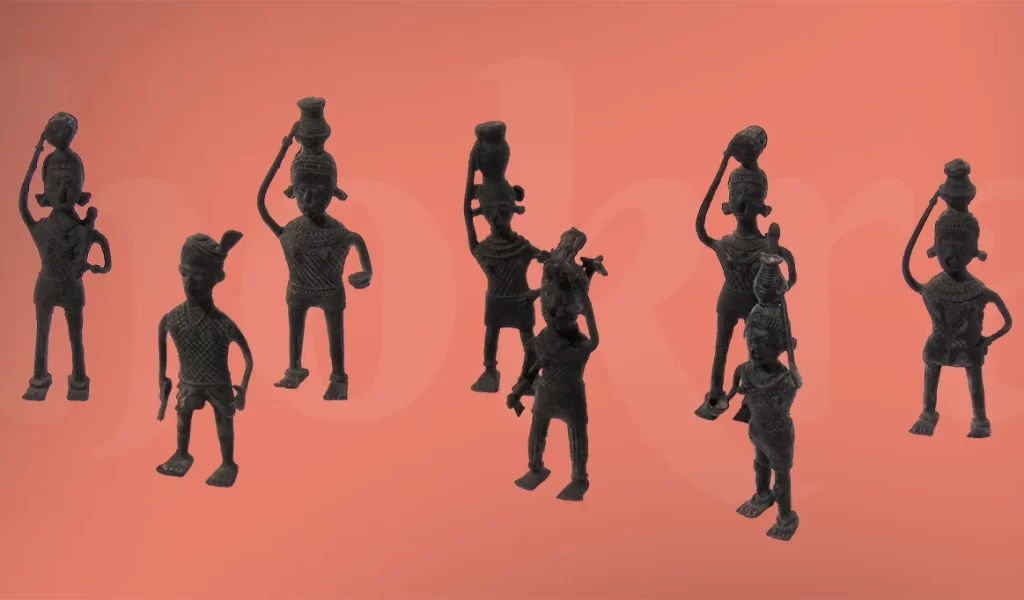Dhokra Bronze Sculpture
Dhokra art in itself is known for its exclusivity. It is widely believed that two Dhokra products can never be the same.
$250.00
each
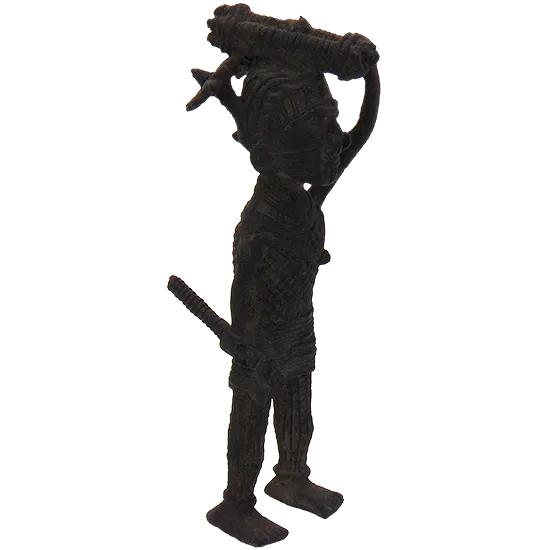
Dhokra Bronze Sculpture
Dhokra art has been named after the nomadic Dhokra Damar tribe who primarily belonged to the states of West Bengal and Odisha. Thus, Odisha has been one of the nerve centres of Dhokra handicrafts in India. Even though we find traces of Dhokra art across the span of the Indian subcontinent, the primary Dhokra-practicing tribes settled in the interior and rural areas of this state, where they honed their skills to perfection, creating an art that is one of its kinds, till date.
Two prominent villages of Dhenkanal are known for their creation of Dhokra – Sadeibareni and Navjeevanpur. Ghantaras are the main tribes residing in these villages, occupying themselves with different steps and procedures of creating Dhokra handicrafts. The members of different households can be seen occupied with some or the other step of creating Dhokra pendants, earring, necklaces, statues…
It is believed that in these quaint villages of Dhenkanal the art imitates life as each creation is inspired by the usual lifestyle of the tribal populace. The statues find forms similar to the
traditional attires of the tribals. As they go about their daily lives, making the moulds, softening the wax, and wrapping the moulds with slender threads, the beauty of the art and pain of their hardships reflect in the final product, which can take up to months.
All the pieces are actually inspired by and designed using the elements of nature, which include motifs of the sun, the moon, branches, leaves, and flowers as well as daily life motifs. The jilli (criss-cross construction) in these sculptures is similar to traditional basketry.
Additional information
| Region | Dhokra Damar Tribes Odisha State, North Eastern India |
|---|---|
| Century | XX Century |
You may also like ..
Related products
-

Dhodro Banam
$275.00 -
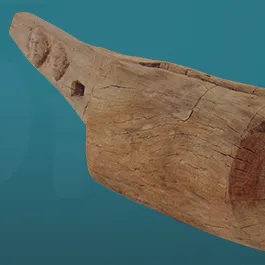
Important Naga Konyak ritual log drum
$500.00 -
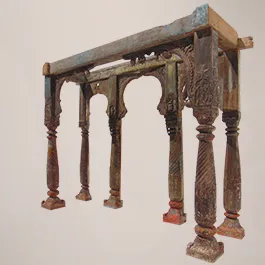
Important wooden balcony facade
$6,000.00 -
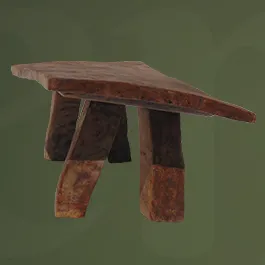
Naga Small bench
$1,500.00 -
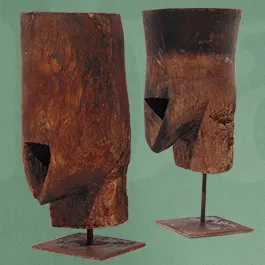
Naga monolithic Tantric juice press
$280.00 -

Extremely rare Naga Konyak tribal Chief’s bed
$5,000.00 -
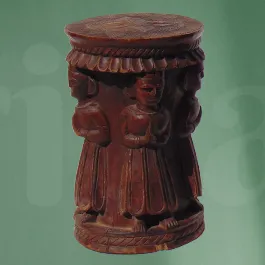
Gaddi tribal wooden Stool
$425.00 -
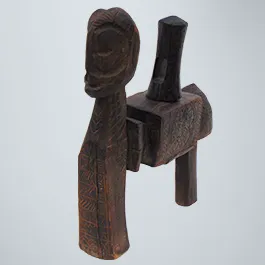
Gadđi tribal wooden Juice Presses
$280.00
